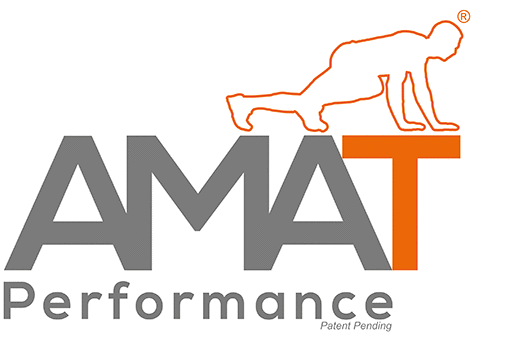In sport single-leg activities are a common occurrence, athletes need to be able to dynamically control their body from unilateral positions that are common in most cyclical sporting movements (e.g. – running). Maintaining balance and a stable position is key to force transfer and avoiding postural sway. Postural sway or stability has been identified as a potential risk factor for lower extremity injury in various studies. Variations in postural stability have been associated with altered neuromuscular control and increased joint forces (Murphy et al., 2003). McGuine et al., (2006), showed that those with increased postural sway (and therefore reduced balance) had a sevenfold increase lower extremity injury. Similar findings have also been found in in female soccer athletes, with diminished balance linking to an increased risk of leg injury (Soderman et al., 2001). For this reason, we feel postural control, balance and sway should be assessed with athletes.
Some common assessments of balance and postural sway are the Star Excursion Balance Test (SEBT) and the Y-Balance Test (YBT). The SEBT is a unilateral, functional joint stability task that incorporates a single-leg stance of one leg with a maximum targeted reach of the free leg (Thorpe and Ebersole, 2008). The Y-Balance screens dynamic balance requiring stance leg balance, with contralateral leg reaches in the anterior, posteromedial and posterolateral directions (Smith et al., 2015). These can be said to be tests of dynamic postural control as they challenge an individual to maintain a stable base of support during dynamic reaching movements (Gribble et al., 2003). Studies have reported that asymmetry in reaches of greater than 4cm are said to be linked to a potential increased risk of injury. Interestingly, some studies highlight similar findings – injury was only significantly associated with injury when the subjects were required to maintain balance when reaching in an anterior direction (Plisky et al., 2006, Smith et al., 2015).
In-house findings demonstrated to us that young athletes were most easily able to perform reaches in a sagittal plane of motion and also time-limiting factors would not be permissive to include reaches in multiple directions. Given this knowledge and experience and taking into consideration the findings of such research as above we included an anterior reach test in our AMAT Performance system.
Our Balance test requires the athlete to maintain their centre of mass, within their base of support during a single-leg stance and contralateral reach, whilst also maintaining anatomical alignment and avoiding poor movement patterns (e.g. – knee valgus).
Watch the video below for a demonstration of how the system assesses Balance.
For more information on our exciting new product please visit www.system.amatperformance.com
